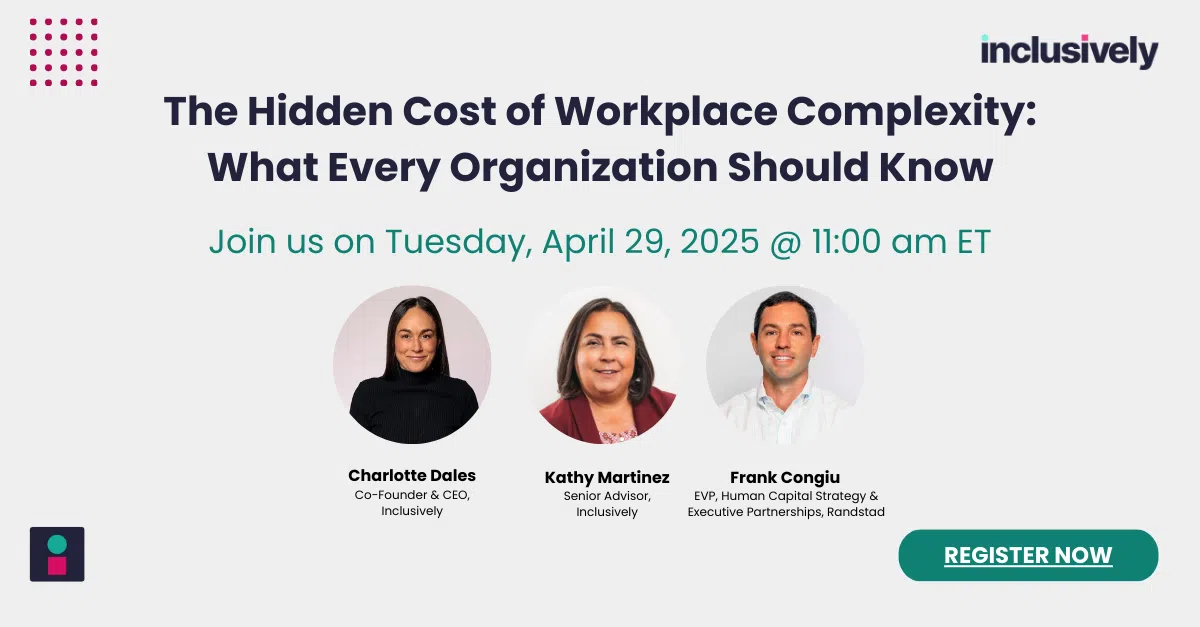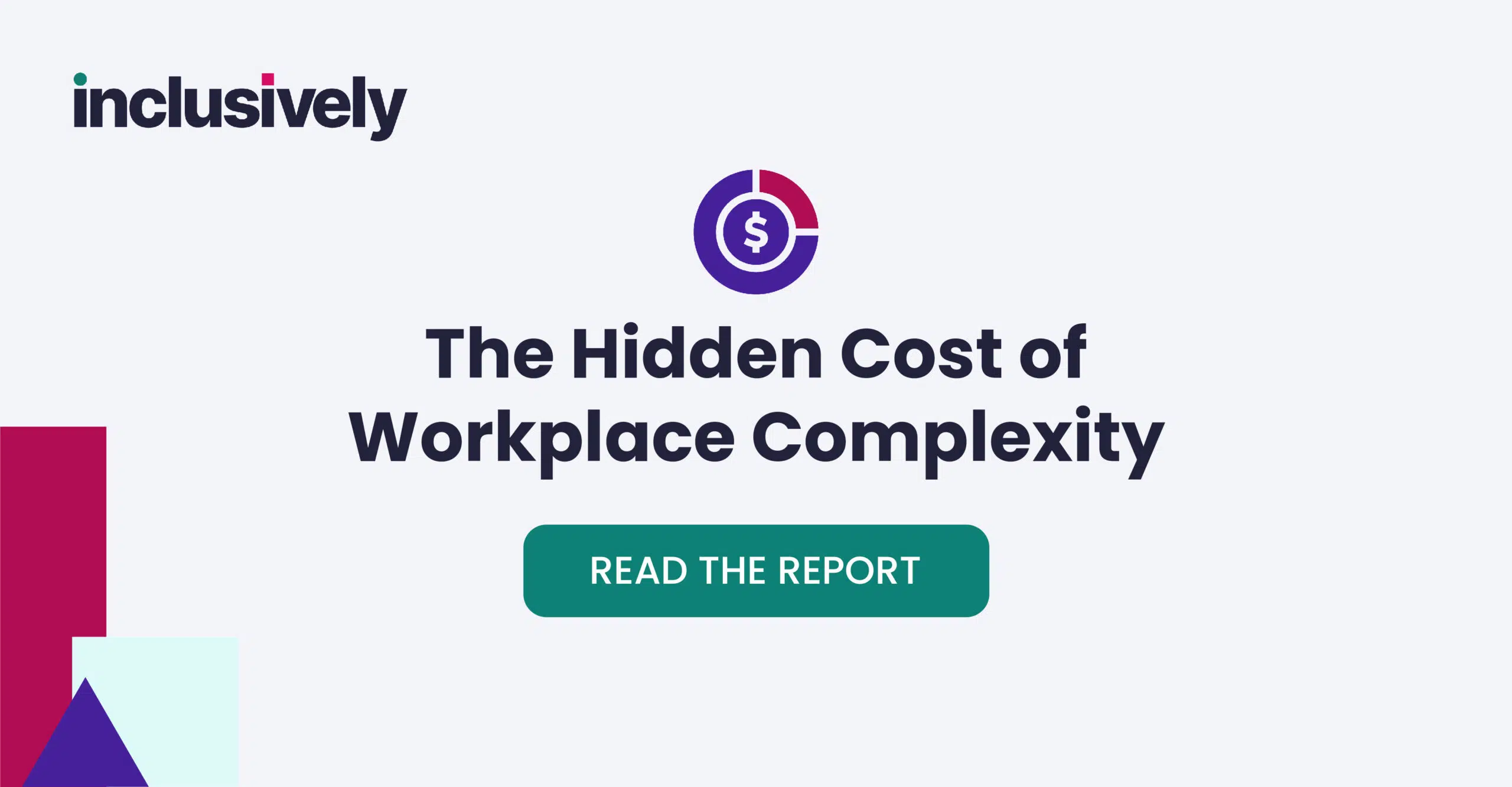Modern work demands flexibility — but companies must avoid chaos in implementing it.
Right now, managers and HR teams are inundated with accommodations requests. As Fortune 1000s strive to improve productivity and retain talent, the concept of “flexibility with guardrails” gains traction.
Why it matters: Flexibility is still top of mind for most employees. According to Inclusively’s internal data, remote work and flexible schedules remain the most-requested Success Enablers in the workplace. (Check out the full list here.)
- Notably, remote work is requested by 26.46% of employees, flexible schedules by 19.47%, and extra time to complete tasks by 11.65%.
These Success Enablers cost little or nothing to implement but have a huge impact on well-being and productivity.
The impact is real. Inclusively’s Retain platform, implemented by a large enterprise software company, helped automate 60% of self-service requests, reducing redundant interactions and ensuring most requests — which cost $0 — were handled efficiently.
Employees rated Retain 4 out of 5, appreciating its ability to reduce redundant interactions and provide a private tool for accessing necessary resources.
Next steps: Embrace the framework of flexibility with guardrails to modernize your practices without descending into chaos. By balancing flexibility with operational discipline, companies can boost morale and effectiveness alike.
Read the guide to learn more about how leading Fortune 1000 companies are implementing flexibility with guardrails to optimize human capital at scale and increase employee retention.



